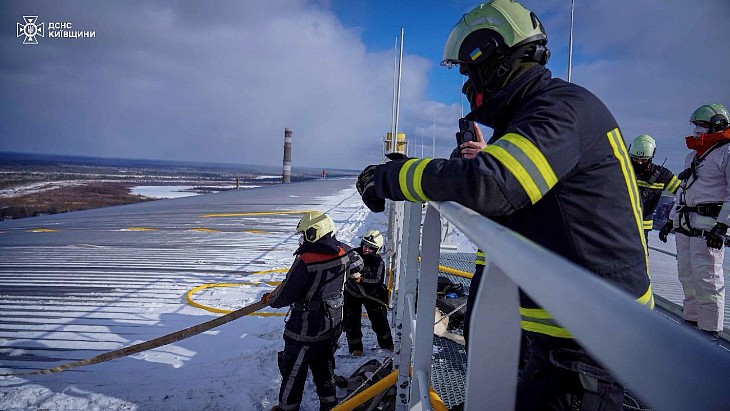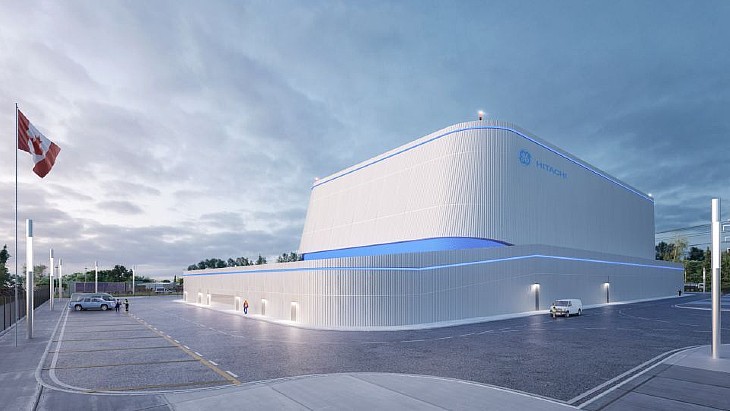IAEA experts assess damage to Kharkiv nuclear research facility
.jpg)
A three-person mission, from 8 to 10 November, was the first such safeguards visit by IAEA inspectors since Russia launched its military attack on Ukraine in February. The centre suffered damage from heavy shelling on 6 March and 25 June, and the aim of the mission was to assess the damage and any impact on its physical protection system.
IAEA Director General Rafael Mariano Grossi said: "We had previously received information from Ukraine about extensive damage to the city’s nuclear research facility, but this was the first time we could see the facility for ourselves and inform the world about the difficult situation there.
"Although radiation levels were normal, the extent of damage to this nuclear research facility is dramatic and shocking, even worse than expected. The sheer scale and intensity of the sustained targeting of KIPT violate all the seven indispensable nuclear safety and security pillars I outlined at the beginning of the conflict."
During the visit the IAEA was told there had been more than 100 missile attacks during just the first three weeks of the conflict, with power and water supplies lost for lengthy periods of time. The inspectors observed that "nearly all the buildings on the site had been affected, many of them probably beyond repair".
Most windows remain broken and staff are working to cover windows and restore heat or power before the winter, the IAEA says. The outside of the building housing the institute’s subcritical Neutron Source Research Reactor was damaged however there was no damage inside. It was transferred into a deep subcritical state at the start of the conflict and its radiation inventory is low, the IAEA said. The inspectors noted there was no change to the design of the facility although the lack of power meant the inspectors were not able to access the nuclear material for verification.
The neutron source facility includes a subcritical assembly, neutron-production target, an electron linear accelerator, a cold neutron source and experimental neutron channels for nuclear physics research. It started operations in 2015 for research and the production of isotopes for medical use such as the diagnosis and treatment of various forms of cancer.
The inspectors were able to verify the inventory of nuclear material at the institute’s fuel fabrication research and development facility, which holds most of the site’s nuclear materials. They also checked the entire site with radiation monitors "and did not identify any sources of radiation, with measurements at or around background levels".
During their mission, the inspectors also visited the RADON radioactive waste management facility in the same city which remains intact, although the inspectors could hear shelling while visiting it.
The State Nuclear Regulatory Inspectorate of Ukraine said the IAEA mission to the sites was within the framework of the agreement between Ukraine and the IAEA as part of the Treaty on the Non-Proliferation of Nuclear Weapons and was not connected to the separate recent IAEA inspections of two other facilities in the country as part of the country’s rejection of Russian claims there were attempts to make a "dirty bomb".










_50521.jpg)

